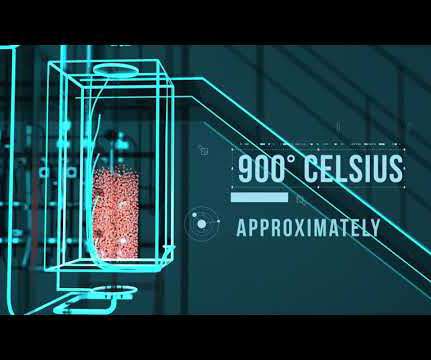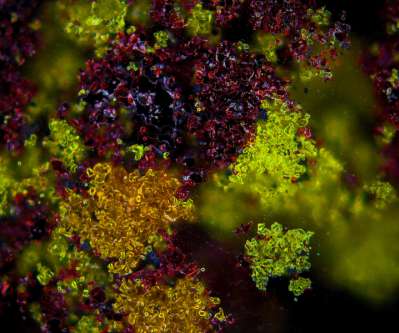FortisBC, Suncor, Hazer to pilot methane pyrolysis for hydrogen production with graphite byproduct
Green Car Congress
JULY 5, 2022
The Hazer process enables the effective conversion of natural gas—and similar feedstocks—into hydrogen and high quality graphite, using iron ore as a process catalyst. Hazer Group was founded in 2010 to commercialize technology originally developed at the University of Western Australia.


































Let's personalize your content